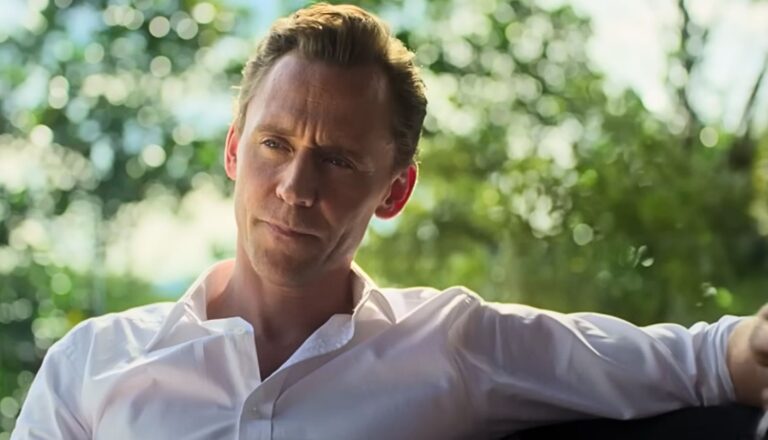
The Night Manager
Does it take a thief to catch a thief? Does it take lots of bad content to make a good TV show?
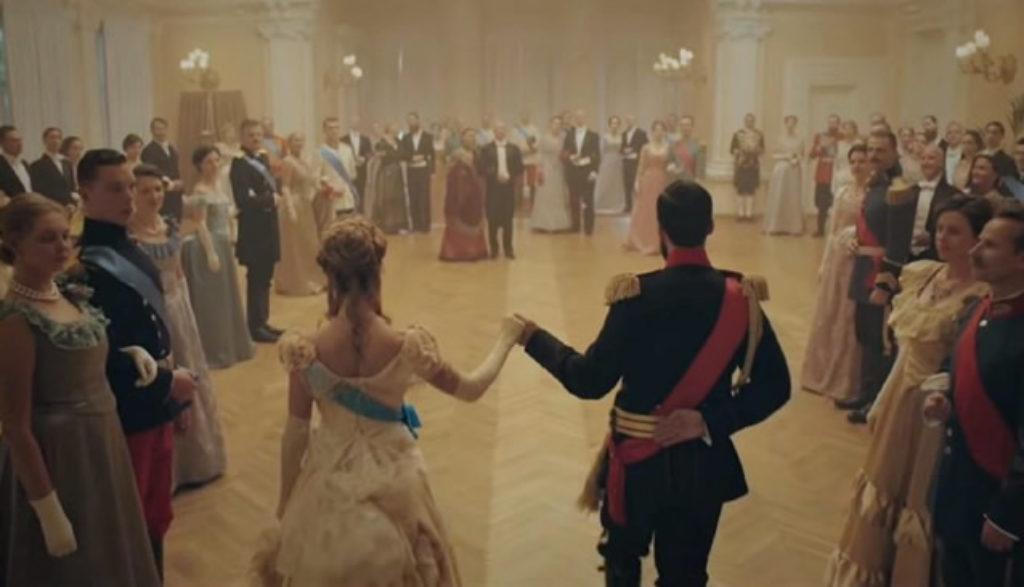
Russia’s Romanov dynasty has been gone for more than a century now. Its members have long since been dead and buried, then dug up and, perhaps soon, reburied. But you can understand the fascination with Russia’s star-crossed first family. The story of Nicholas II; his prickly German queen, Alexandra; their five children; and, of course, the mysterious and scandalous Grigori Rasputin is one of both tragedy and farce and laced with power, wealth, sex and intrigue.
No wonder the folks at Netflix were attracted to the tawdry tale. Too bad they botched it so badly.
This Netflix show is a curious hybrid of drama and documentary—about an 80-20 split, respectively, according to actress Susanna Herbert (who plays the Czarina Alexandra).
The opulent show grabs viewers by the collar and pulls them headlong into the equally opulent world of the Romanovs, an existence draped in diamonds and lived lushly in a litany of palaces.Then whenever it feels the urge, the show snaps its metaphorical fingers and brings us back to reality, where we hear a variety of authors and historians discuss the era’s real history. (Or, at least, a kinda-sorta approximation thereof.)
In the broadest of historical brushstrokes, The Last Czars accurately introduces us to all of the right players. There’s Nicholas II, the all-powerful Russian monarch who isn’t quite ready for the throne and who’s torn between embracing unflinching autocracy and following his own, more moderate instincts. His wife, Alexandra, is a devoted wife and mother; but she’s about as popular with the Russian people as New Coke was in the ’80s. Then there’s Rasputin, a reputed man of God with (some say) the eerie power to heal. But he also believes that to be redeemed you have to sin. A lot. And so he does.
These three characters, along with a pressure cooker of political and social turmoil, send Russia on the road to economic ruin and, ultimately, Bolshevik-style communism. And that narrative sends all of our main characters to early graves.
It’s the stuff of prime-time soap operas, really. Which makes you wonder why Netflix felt the need to take this already stranger-than-fiction stew and dump a bunch of extra lard in it.
The problems with the show begin with its loose adhesion to historical details. A rather innocuous example: When Netflix gives us a shot of Moscow from 1905, the streaming network fails to edit Lenin’s tomb out of the shot. (Vladimir Lenin, as you probably know, is still alive and well in 1905. His tomb isn’t completed for another 25 years.)
It’s not the most egregious error in the world, but it is a sign of things to come. And that mistake does remind us that, for all the educated talking heads The Last Czars serves up, Netflix doesn’t care so much about educating its audiences as trying to give them a cross between The Crown and Game of Thrones (minus the dragons, naturally). Fittingly—at least in comparison to the latter show—that means offering up a whole bunch of graphic, gratuitous nudity.
Despite taking place in such a cold climate, characters in The Last Czars will seize any excuse to take off their clothes and parade around in front of the camera. Often, such scenes have only the (ahem) barest connection with the narrative. The Romanovs weren’t enough of a draw, Netflix seems to believe. But naked Romanovs? Now there’s a winner.
Then there’s the language. The f-word and s-word are used with some frequency, despite the fact that most of their users are A) described as deeply religious, and B) members of the Russian aristocracy at a time when such language wouldn’t have been in the aristocracy’s lexicon. Perhaps this looseness with language is to be expected, given that none of the characters even bothers to feign a Russian accent or to speak in a way that feels more appropriate to the age.
Moreover, even though the experts make a big point of how important religion was in monarchist Russia—and how that faith contributed to the monarchy’s downfall, actually—the dramatic portion of The Last Czars seems to ignore it when possible or leverage it when it can for prurience. The opening episode, for instance, connects Rasputin explicitly with a wild, discredited “Christian” sect known as the Whips, and then ushers us into a lengthy orgy scene. History finds no such explicit connection, however, and Rasputin’s own daughter says that her father rejected the sect.
I have to admit, I’m a history geek who has always found Russia pretty fascinating. I wanted to like The Last Czars. Alas, the show fails—historically, narratively and morally. Like Nicholas II, it falls flat on its face. But, arguably unlike Nicholas II, it only has itself to blame.
(Editor’s Note: Plugged In is rarely able to watch every episode of a given series for review. As such, there’s always a chance that you might see a problem that we didn’t. If you notice content that you feel should be included in our review, send us an email at letters@pluggedin.com, or contact us via Facebook or Instagram, and be sure to let us know the episode number, title and season so that we can check it out.)
After the untimely death of his father in 1894, an unprepared Nicholas II becomes Russia’s all-powerful czar, gets married to Alexandra and falls under the influence of Grand Duke Sergei Alexandrovich. But disaster strikes his reign almost as soon as it begins. Meanwhile, Rasputin is banished from his village after trying to steal a horse and commences his career as a religious pilgrim.
The show illustrates Nicholas’ love for Alexandra with an extensive and explicit wedding-night sex scene. Alexandra’s breasts are repeatedly visible, along with her and Nicholas’ bare backsides. They engage in kissing and sexually-oriented movement.
Rasputin—who expresses frustration with all the rules and rituals in the Russian Orthodox Church—is led (apparently by a leader of that very church) into a room filled with people engaged in an orgiastic “religious” experience. We see lots of nude people of both genders (from the front, side and back, where everything’s exposed) engaged in caressing and sexually oriented acts, including at least one of the same-sex variety. Lips are kissed and breasts are clutched during the ceremony. Others flagellate themselves.
Later, Rasputin has another graphic sexual encounter with a farmer’s daughter. “It brings us closer to God,” he tells her. “How can you be redeemed if you haven’t sinned?” (He is, incidentally, married.) We also hear about his “enormous sexual appetite,” and we see a cartoon of a naked Rasputin and a naked woman engaged in sexual activity.
We hear that “thousands” of people are trampled to death during Nicholas and Alexandra’s official coronation festival. (History tells us that about 1,400 people lost their lives there.) We see dramatic depictions of the dead and dying, along with actual historical photos of some victims. An expert tells us that the royal family mistook corpses stacked in carts for waving fans during the procession through the field—until they got closer. Sergei insists that Nicholas go to a reception as planned that night. “It’s only a tragedy if you make it one,” he tells the new czar.
In a flash forward, we see brief glimpses of the royal family being herded into a basement to be executed. Nicholas’ father, Alexander III, lies in state, but the embalmers failed to do their jobs effectively. The corpse is bluish-brownish gray, and Sergei draws back when he smells the body. Rasputin is beaten for stealing a horse, and we see his bloodied face as villagers determine whether to execute him or not. We hear that members of a Christian sect may have cut breasts off women to end particularly orgiastic festivals.
Royals participate in lavish religious ceremonies, Rasputin prays before an altar (we’re told he learned the Gospels “practically by heart”), and historians and authors tell us that several characters are “deeply religious.” They emphasize that the czar is thought to be chosen by God, which Nicholas firmly believes. Rasputin seems to heal an old, shaking man.
Characters utter the f-word four times and the s-word twice. Characters pour and drink wine and champagne.

Paul Asay has been part of the Plugged In staff since 2007, watching and reviewing roughly 15 quintillion movies and television shows. He’s written for a number of other publications, too, including Time, The Washington Post and Christianity Today. The author of several books, Paul loves to find spirituality in unexpected places, including popular entertainment, and he loves all things superhero. His vices include James Bond films, Mountain Dew and terrible B-grade movies. He’s married, has two children and a neurotic dog, runs marathons on occasion and hopes to someday own his own tuxedo. Feel free to follow him on Twitter @AsayPaul.

Does it take a thief to catch a thief? Does it take lots of bad content to make a good TV show?
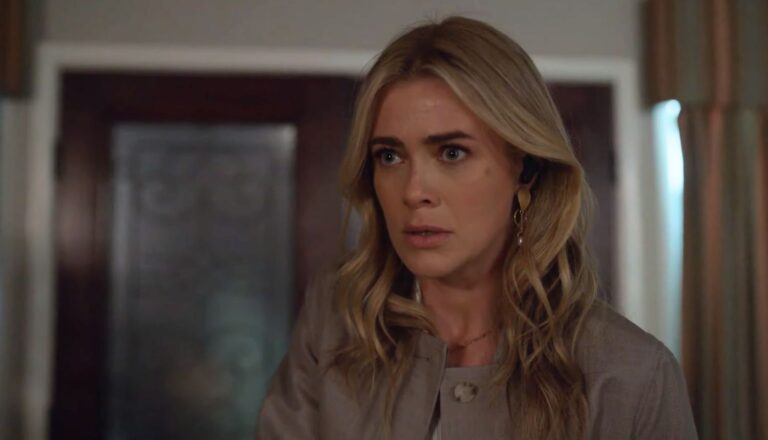
The Hunting Party is far from the most gruesome drama on television, but its disturbingly inventive ways of killing may make viewers a bit queasy.
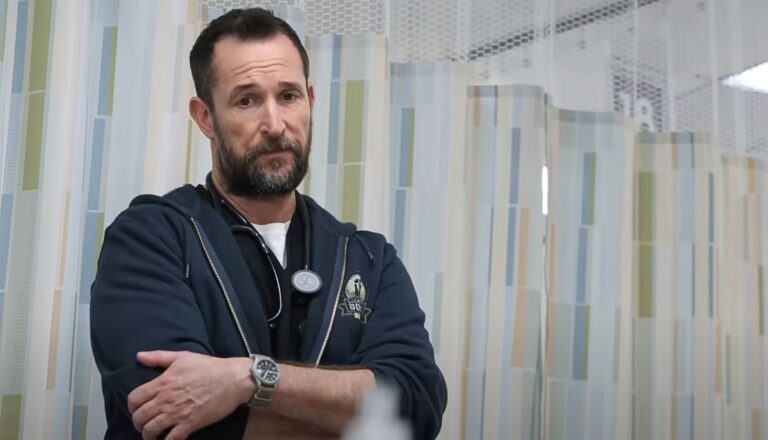
Max’s hospital drama ‘The Pitt’ strives to be medically accurate. While a noble goal, this show comes with a whole lot of content, too.
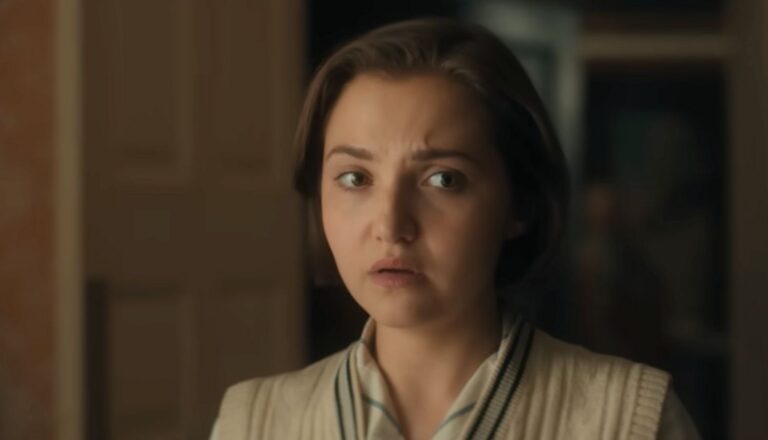
Netflix’s ‘Seven Dials’ (and the Agatha Christie book it’s based on) is filled with peril and suspicion. And more death is coming.